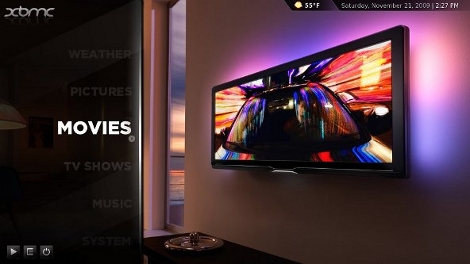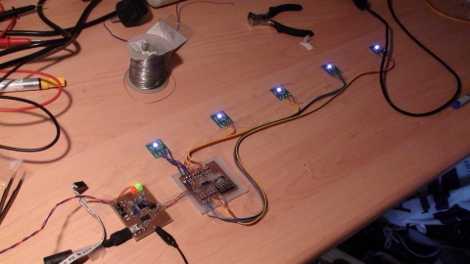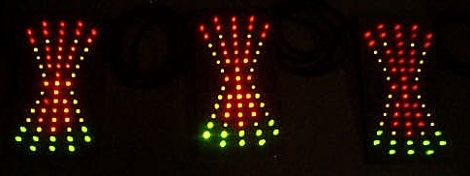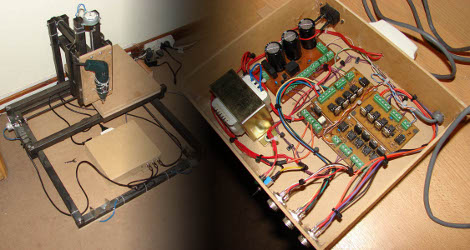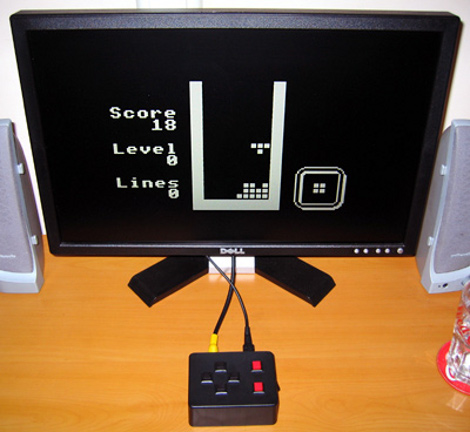
[Ben] built an AVR based Tetris game that uses a TV as the display. He linked his project in a comment from the AVR Tetris project featured last week. His work taps the power of his own tvText library to handle the composite video out. Using a TV takes all of the hardware work out of the equation, leaving just the composite jack and a few buttons to connect to the ATmega168 and its 20MHz clock. We’ve embedded the game play video after the break. It’s black and white but also clean and crisp.
[Ben] didn’t include music with his build but another commenter, [Eric], has started to work on that. We can’t help but think that they both should have tipped us off sooner about their projects.

